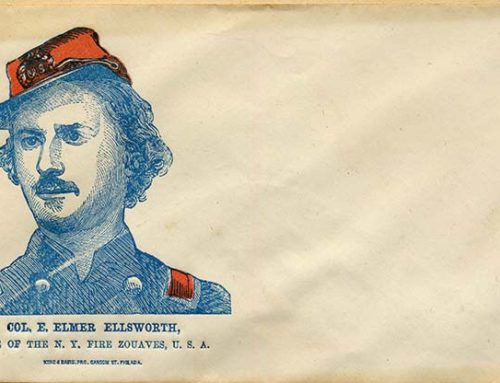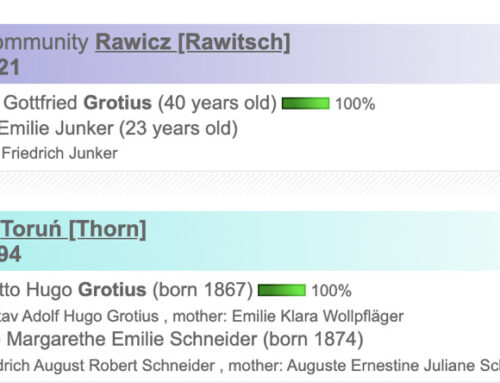This post features World War II IDPF records from the National Archives. Did your family lose someone in this epic 20th-century battle against Fascism? Discover World War II IDPF records that help you understand and honor your family member.
What’s in an IDPF (Individual Deceased Personnel File)?
When a serving member of the military was killed or declared legally dead, the military compiled a file for that individual. Each IDPF is as unique as the person it documents. Expect World War II IDPF records, our focus in this post, to be several dozen pages or longer.

Qualifications of Richard Earl Pitzer, Ship’s Cook Second Class, USS Rowan, USNR. Lost at sea, 11 Sep 1943. Pitzer IDPF, National Archives. (Courtesy Pitzer Family)
Information in these files usually includes name, date and place of birth, date and place of death or disappearance and enlistment date and place.
Additional information may include training records and qualifications; service records; ranks or ratings, plus pay grades and promotions; courts martial; insurance beneficiaries; disposition of the body; notifications and correspondence with next of kin (NOK), family members, and beneficiaries; inventories of personal effects; even fingerprints.
Where are WWII IDPF Records?
The National Archives at the National Military Personnel Records Center (NPRC) has legal custody of IDPFs, which are permanent records. IDPFs are not digitized and are not online.
To make a request, you must know the name and branch of service of the person who was killed. As always, the more information you can supply, the better the response.
IDPFs are arranged first by service branch. IDPFs are available for requests (given COVID reopening and delays) as follows:
- U.S. Army and Army Air Corps for WWII and Korean War
NOTE: In 1947 when the U.S. Air Force was created as a separate service, Army Air Corps records from Jul 1926 through 17 Sep 1947 were transferred into the successor Air Force IDPF Record Group 342 - U.S. Air Force, 1947-1973 (aka Air Force Mortuary File)
- U.S. Marine Corps, 1940-1989
- U.S. Navy, 1907-1989 (aka Navy Mortuary File or Navy Casualty File)
- U.S. Army 1915-1939 (aka Burial Files)
NOTE: U.S. Army records after 1939 are not yet accessioned or relocated to St. Louis as of this writing.
NARA staff search for the archival records and a fee is accessed for copies. For more detailed information about the extent of records and request methods, download the handout from NARA Archivist Bryan McGraw’s IDPF Presentation from the 2014 National Archives Genealogy Fair.
Requesting WWII IDPF Records
Notice from the National Archives to NARA Researchers and FOIA Requesters
Due to the COVID-19 pandemic, NARA has adjusted its normal operations to balance the need of completing its mission-critical work while also adhering to the recommended social distancing for the safety of our staff. As a result of this re-prioritization of activities, you may experience a delay in receiving an initial acknowledgment as well as a substantive response to your reference or FOIA request or appeal. We apologize for this inconvenience and appreciate your understanding and patience.
In your request letter, include the following information:
- State Request for IDPF
- Full Name
- Date of birth
- Service number if known
- Whether officer or enlisted
- Hometown of record
- Military assignment if known
- Date entered service
- Date of death or disappearance
Relationship to deceased - Your name, address, phone number, and email address
Send your written request to:
- Service Branches Listed Above:
National Archives at St. Louis, P.O. Box 37587, St. Louis MO 63138
[email protected] - U.S. Army IDPFs after 1939:
Submit requests via email to: [email protected] or by mail to:
Department of the Army
US Army Human Resources Command ATTN: AHRC-FOIA
1600 Spearhead Division Avenue, Department 107
Fort Knox KY 40122.
Featured image at top of post courtesy National Archives at St. Louis. Now available: RM3 Marvin R. McMillan’s IDPF is featured.





I am very interested in reading your IPDF article. My foundation has fifty of these files and want to make them available to our members.
Thanks, Erik. The post about Marvin McMillan will be coming along soon. Would you like to link to your foundation so readers here can visit?